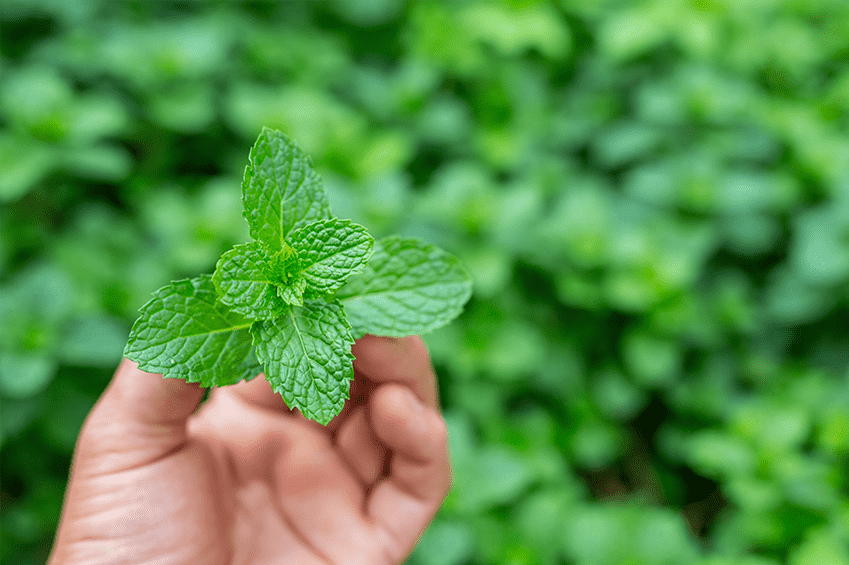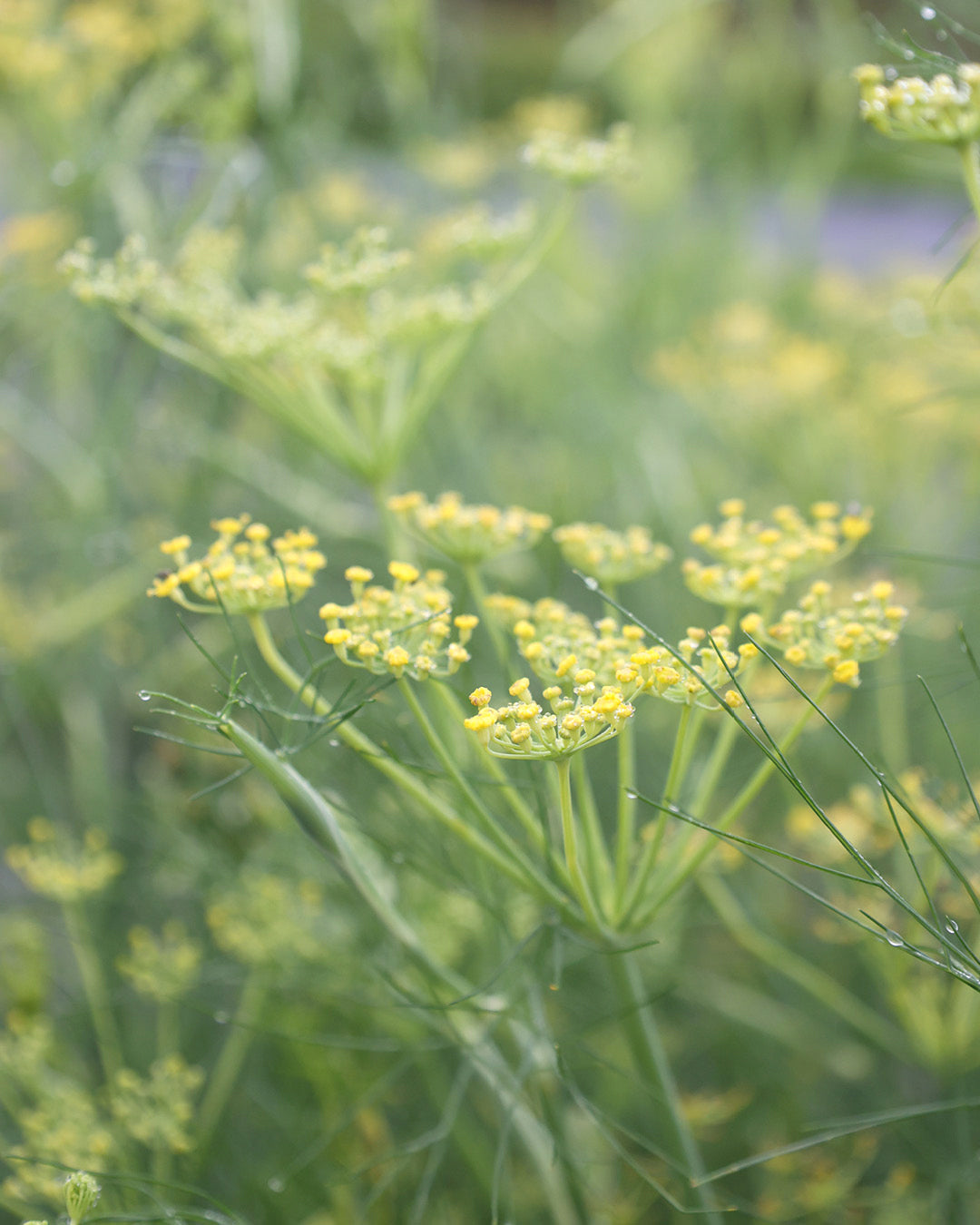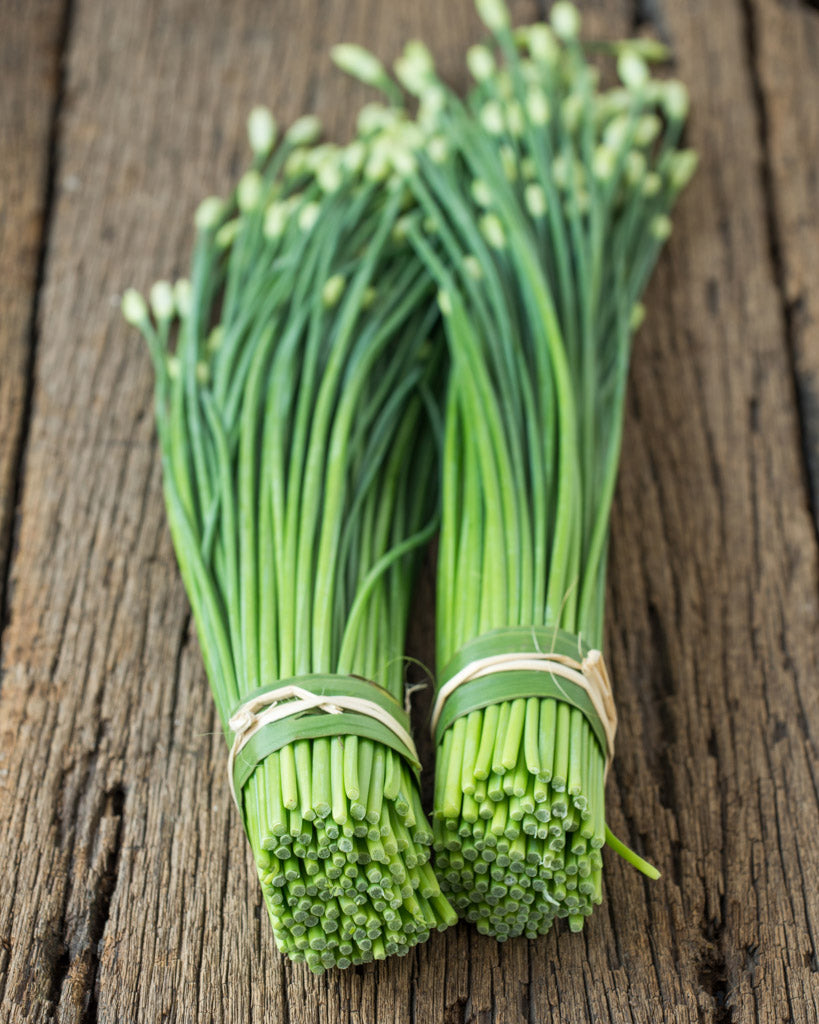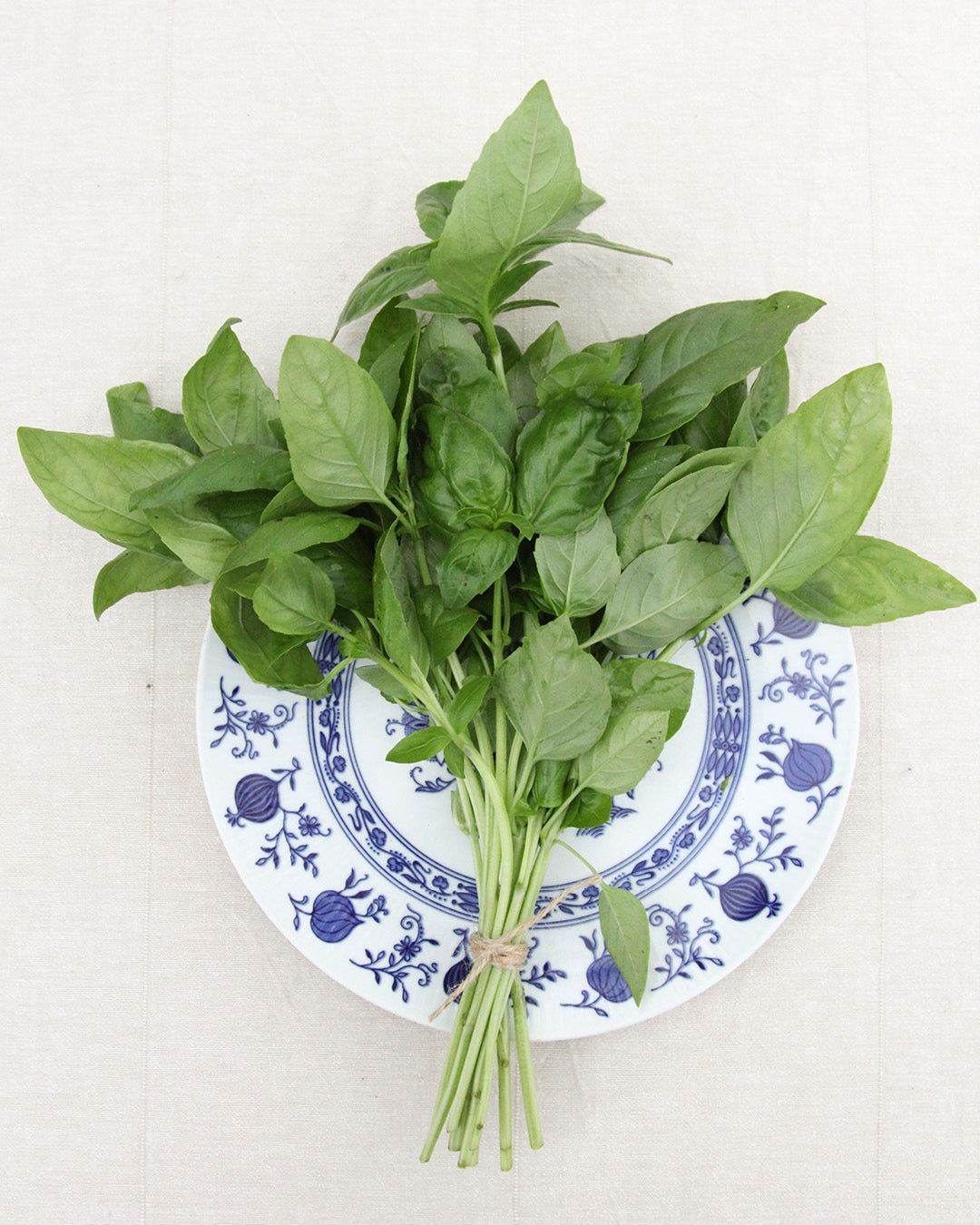Lemon balm (Melissa officinalis)
Lemon balm provides a sweet and sour refreshment, especially in the summertime. It spreads quickly in the garden and is easy to handle. Whether used to wake up tired souls, as a conditioner for shiny hair, or as an ingredient in herbal cooking, lemon balm has many qualities to discover.

Cultivation and propagation – what should you pay attention to?
Lemon balm can be propagated indoors starting in March. Each pot should contain two to three seeds. Starting in April, it's time to move the young plants outside; they're now ready to be planted in the garden. When planting, keep a distance of 40 cm between them and ensure a height of 1 m. Humus-rich, well-drained soil is ideal. If you want to skip the hassle of propagating and instead buy plants, make sure to select bushy, compact young plants with vibrant green leaves.
To always have enough lemon balm on hand for your household needs, one or two plants are usually sufficient. The plants are quite vigorous and self-seed, so you'll never be short of lemon balm in your garden.
When choosing a location, we recommend a sunny to partially shaded spot where the plant won't cause undue growth. If you don't want the plant to spread all over your garden, it's advisable to limit its growth with flagstones.
Otherwise, you'll need to maintain it with regular mulching with compost. To prepare the plants for winter, you need to cut them back close to the ground. In very cold regions, it's also advisable to cover the plants with straw.
Lemon balms can sometimes grow very large. To prevent this, you can carefully remove the excess parts of the plants in spring.
Keeping it as a container plant: When kept in large containers, lemon balm also makes an attractive container plant. After four years at the latest, however, it's time for a change of scenery. Remove the plant from its pot, divide it, and place it in fresh soil. There are various options for overwintering it. If kept in a cool, bright room over winter, the plants won't lose their leaves and can still be harvested. Alternatively, the plants can be cut back heavily in autumn and kept in a cool, dark room. In spring, and with plenty of light, lemon balm will quickly sprout again. With the right protection, the container plant can also overwinter outdoors.
Harvesting and preserving – when, what and how best?
The white flowers of lemon balm can be seen from July to August. The best time to harvest is just before they bloom, as this is when the essential oil content in the leaves is at its highest.
Use – What recommendations for herbal cooking?
Freshly harvested leaves are ideal for salads, fish, or game dishes. Individual leaves or whole shoots are also ideal as a garnish for desserts, fruit salads, punches, liqueurs, or mixed drinks.
It's also very refreshing to freeze individual leaves in ice cubes. This will give your drinks a subtle lemon flavor.
Dried leaves are not suitable for use in herbal cooking, but they can be used to make delicious teas. As a culinary spice, lemon balm is best stored frozen. It should also not be cooked with warm dishes, but added sparingly just before serving. Avoid excessive cutting or chopping, as this will release much of the lemon balm's aroma, which will be lost later in the dish. It's best to carefully pluck the leaves from the plant and use them whole.

Application – What healing or caring effect?
Lemon balm has been valued for its healing properties since the Middle Ages, which earned it a permanent place in the monastery gardens of the time. Since 1611, it has been used to produce the still-famous lemon balm spirit, which boasts healing properties thanks to its essential oils, tannins, and bitter compounds.
Lemon balm tea has a calming and antispasmodic effect. It's also very popular as a bath additive or ingredient in hair treatments.
Botanical – What kind of plant is this?
Lemon balm is a perennial plant whose leaves are edible. It belongs to the mint family and is native to the eastern Mediterranean.
Varieties – Which are recommended?
Lemon balm comes in many different varieties. Variegated-leaved forms such as 'Aurea' and 'Aurea variegata' require special protection in winter, such as foliage or fleece. Normally, all lemon balm varieties are quite sensitive to midday heat, with the exception of Cretan balm. Its silvery fur protects the aromatic leaves from the damaging sun's rays.
Interesting facts – What else is there to learn?
Lemon balm got its name from the pleasantly aromatic lemon scent it releases as soon as you touch it. The name "Melissa" also means "bee" in Greek. Lemon balm flowers are very popular with bees. If you're a bee lover, always leave a few shoots standing, and you'll soon be able to enjoy a visit from bees.
Lemon balm is often used as a lemon substitute with a milder lemon flavor. In Switzerland, some cheeses are even flavored with lemon balm.
In 1988, lemon balm won the title “Medicinal Plant of the Year”.
TEXT: Carina Naeve















